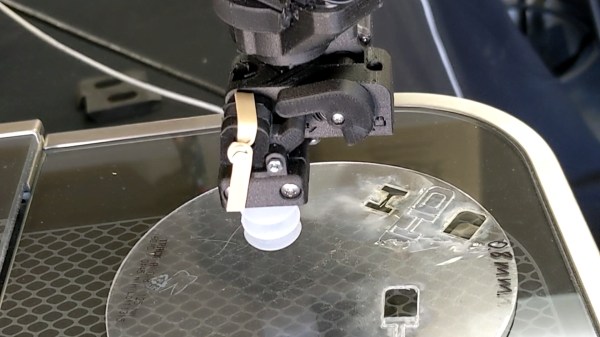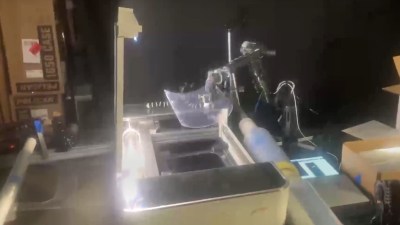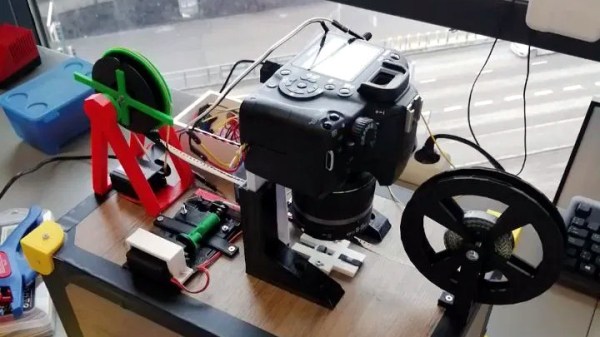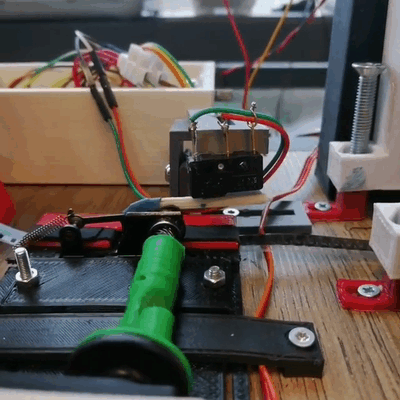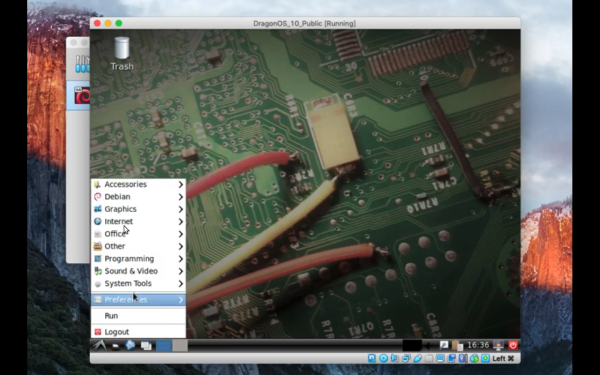The current situation has given closet germaphobes the world over a chance to get out there and clean the hell out of everything. Some of it may be overdone; we ourselves can cop to a certain excess as we wipe down cans and boxes when returning from a run to the grocery store. But sometimes disinfection is clearly indicated, and having an easy way to kill the bugs on things like face masks can make a big difference by extending the life of something that would normally be disposable. That’s where this quick and easy UV-C germicidal cabinet really shines.
The idea behind [Deeplocal]’s “YouVee” is to be something that can be quickly cobbled together from parts that can be picked up at any big-box home store, thereby limiting the number of trips out. You might even have everything needed already, which would make this a super simple build. The business end is a UV-C germicidal fluorescent lamp, of the kind used in clarifiers for backyard ponds. A fluorescent droplight is modified to accept the lamp by snipping off a bit of plastic, and the lamp is attached to the inside of the lid of a sturdy black plastic tote. The interior of the tote is lined with aluminum tape and a stand for items to be disinfected is made from a paint roller screen. The clever bit is the safety interlock; to prevent exposure to UV, the lamp needs to be unplugged before removing the lid. Check out the full build tutorial for details.
We can’t vouch for YouVee’s germicidal efficacy, but it seems like a solid design. If you have doubts, you could always measure the UV-C flux easily, or you could build a smaller version of this peroxide vapor PPE sterilizer, just to be sure.
Continue reading “Disinfect PPE On The Cheap With This Hardware Store UV-C Cabinet”


